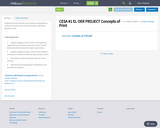
Students first learn how the sound-symbol correspondence in letters and words work so that they better understand how text is used.
- Subject:
- English Language Arts
- Material Type:
- Activity/Lab
- Teaching/Learning Strategy
- Date Added:
- 05/28/2018

Students first learn how the sound-symbol correspondence in letters and words work so that they better understand how text is used.
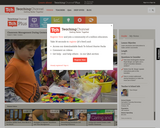
Ryan Berger is in the middle of his first year as a new Kindergarten teacher. He asks Jim Knight to observe a lesson and share strategies to help him specifically with transitioning students between centers. Mr. Knight looks for classroom management strategies he can recommend to help Mr. Berger improve class structure.Mr. Berger shares that transitioning from working with 5th graders to kindergarteners has been stressful and some of the strategies he previously used do not work as well with kindergarteners.Time used during transitions is a major focus of the discussion. They discuss ways to address content during transitions in order to make effective use of time. Finally, they discuss the importance for taking a step back to observe what students are doing well and what needs to be clarified.
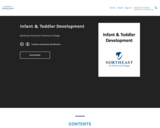
This OER textbook is a remix of chapters from “Understanding the Whole Child: Prenatal Development Through Adolescence“, “Observation and Assessment“, and “The Role of Equity and Diversity in Early Childhood Education“.
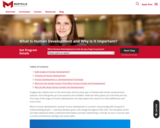
This website by Maryville University teaches life stages throughout development. The website provides details about the 8 stages of human development through text and a diagram. As an interactive activity, students should make a chart to organize the 8 stages of development. In the chart, students should include the name of the stage, how people act during that stage, and some drawings and captions to help with memory. The goal of this activity is for students to be able to explain what each stage of development looks like and how people act during that stage.
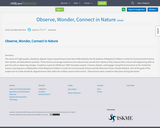
This series of 5 high-quality, standards-aligned, inquiry-based lessons have been field-tested by the 4K students of Wequiock Children's Center for Environmental Science, their teacher and educational assistant. These lessons encourage students to use natural areas around their school as they improve their science and engineering skills as part of a unit on observing changes. Created as a part of a WISELearn OER Innovation project, Connect, Explore, and Engage: Using the Environment as the Context for Science Learning was a collaboration of the Wequiock Children's Center for Environmental Science and the Wisconsin Green Schools Network. One of the goals of the project was to create standards-aligned lessons that utilize the outdoor spaces of the school . These lessons were created to take place during late winter.

Play Video Library is a great resource website for professionals to know more about what play is and how play can be an excellent medium for teaching and learning.